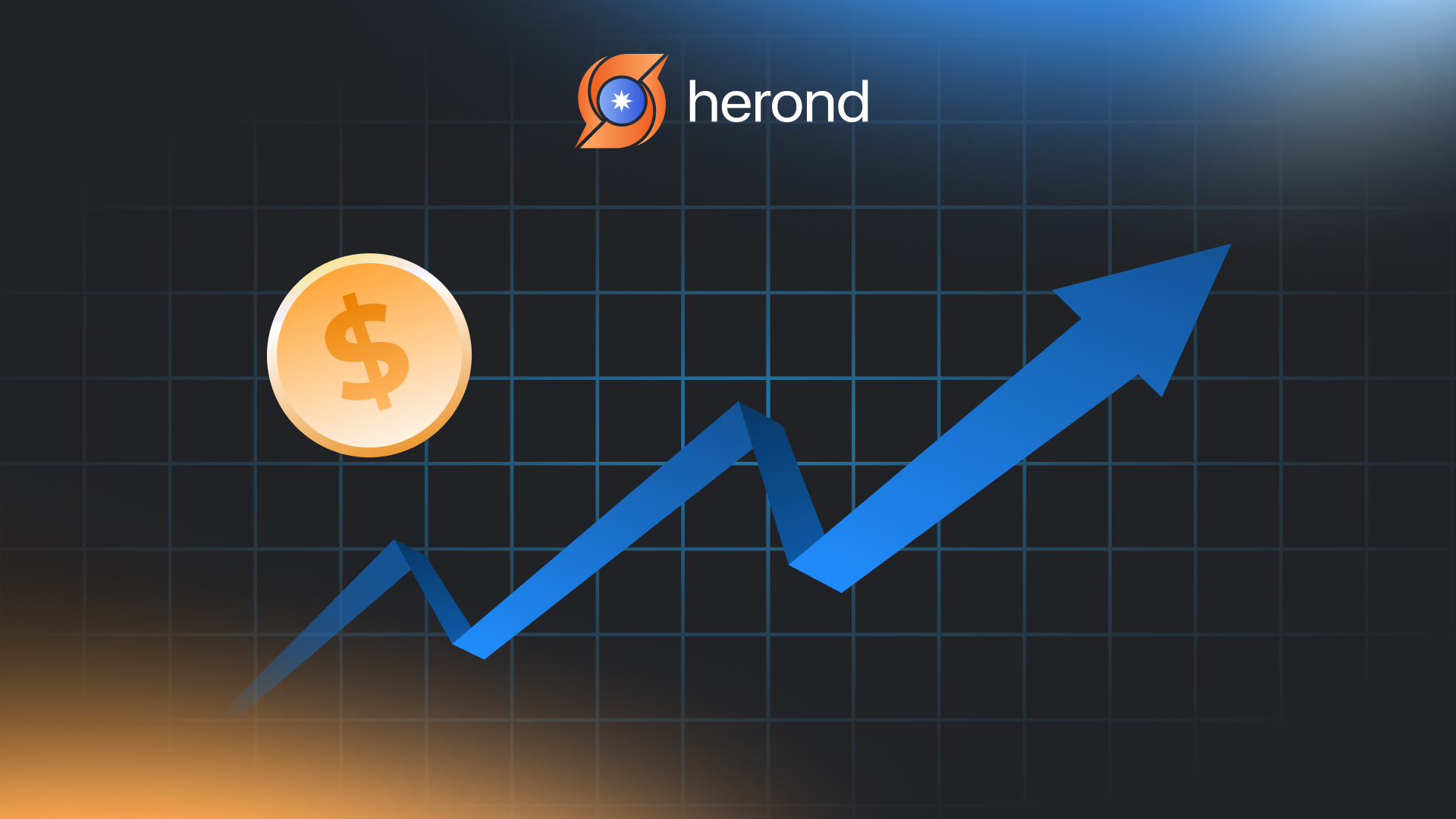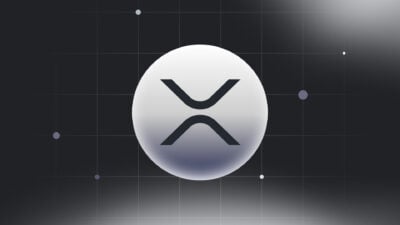Hash rate, the measure of computing power dedicated to a blockchain network, plays a crucial role in its security and efficiency. For networks like Bitcoin, a higher hash rate means a stronger and more resilient system, as it becomes harder for malicious actors to interfere with operations. But what drives this critical metric upward? From advancements in mining technology to the rising value of cryptocurrencies, several factors contribute to an increasing hash rate. This article aims to explore what makes the hash rate higher, why they matter, and how they impact the health and stability of blockchain networks. Whether you’re a crypto enthusiast or simply curious, understanding what influences hash rate can shed light on the dynamics of cryptocurrency mining and its broader implications.
Hash Rate Meaning

The hash rate is a measure of the computational power used by a blockchain network to process transactions and secure the network, typically expressed in hashes per second (H/s). In simpler terms, it represents how many calculations the network can perform each second to solve complex mathematical problems associated with mining new blocks.
For blockchains like Bitcoin, each “hash” is an attempt to solve a cryptographic puzzle that enables a miner to add a new block to the blockchain and earn rewards. The higher the hash rate, the more secure the network is, as it would require significant computational power to disrupt or manipulate it.
Hash rate is typically measured in units such as:
- Kilohashes (KH/s), Megahashes (MH/s), Gigahashes (GH/s) for smaller networks.
- Terahashes (TH/s) and Petahashes (PH/s) for larger networks like Bitcoin.
Benefits of Higher Hash Rate

A high hash rate generally reflects a robust and active mining community, which is beneficial for the security and stability of the blockchain network. In more detail, a higher hash rate offers several benefits, particularly for blockchain networks like Bitcoin. Here are the main advantages:
Enhanced Network Security
A higher hash rate makes the blockchain network more secure against attacks, particularly 51% attacks, where a single entity controls the majority of the network’s hash power and could potentially alter the blockchain. The higher the hash rate, the more difficult it becomes to gain control over the network.
Increased Decentralization
A high hash rate often indicates a large, distributed community of miners. This decentralization reduces the likelihood of a single miner or mining pool monopolizing the network, helping to maintain the network’s integrity and resilience.
Stronger Network Stability and Reliability
Higher hash rates help maintain the blockchain’s stability by making it harder for bad actors to alter transaction histories. This reliability builds confidence among users and increases adoption, as they know that their transactions are secure and final.
Positive Market Perception
A high hash rate signals a strong, active, and secure network, which can increase investor and user confidence in the cryptocurrency. As hash rates rise, they often correlate with market interest and can positively impact the cryptocurrency’s value.
Efficiency in Transaction Processing
While hash rate doesn’t directly increase transaction speed, a higher rate indicates robust network participation. This can help the network handle increased demand, ensuring smoother transaction processing and reducing the chances of bottlenecks, especially during peak usage.
Network Growth and Longevity
A higher hash rate reflects a thriving mining ecosystem, which can attract new miners and investors, ultimately contributing to the blockchain’s longevity and evolution. This growth helps ensure that the blockchain will continue to develop and adapt to changing needs and technologies.
What makes the hash rate higher
The hash rate of a blockchain network, like Bitcoin, can increase due to several factors. Here’s what drives a higher hash rate:
Increased Bitcoin (or Crypto) Price
When the price of Bitcoin rises, mining becomes more profitable. Higher profitability encourages more miners to join the network or expand their operations. Consequently, it leads to an increase in hash rate as more computational power is dedicated to mining.
Advances in Mining Technology
New mining equipment, such as more efficient and powerful ASIC (Application-Specific Integrated Circuit) miners, can process more calculations per second. As technology improves, the hash rate increases as each machine can contribute significantly more computational power to the network.
Mining Difficulty Adjustments
Blockchains like Bitcoin automatically adjust mining difficulty approximately every two weeks to maintain a steady block production rate. When more miners join the network, difficulty increases, encouraging miners to add even more power to stay competitive, which can further push up the hash rate.
Cheaper and More Accessible Energy Sources
Access to affordable and reliable electricity is essential for mining, as mining consumes significant energy. Renewable energy sources, such as hydropower in certain regions, enable miners to increase operations without prohibitive costs, thus boosting the hash rate.
Growth of Mining Pools
Mining pools allow individual miners to combine their hash power to compete for block rewards. As mining pools grow in size and efficiency, they contribute significantly to the overall hash rate, as more miners can afford to participate in a profitable way.
Institutional Investment in Mining

Institutional interest in mining has led to the establishment of large-scale mining farms. These facilities invest in high-tech equipment, stable power supplies, and even proprietary software to maximize efficiency, which collectively increases the network’s hash rate.
Higher Mining Rewards (Incentives)
Apart from block rewards, additional incentives like transaction fees can motivate miners to stay active and expand their capacity, boosting the hash rate. Increased transaction volume on the network can lead to higher fees, encouraging miners to add computational power.
Global Adoption and Mining Regulations
As more countries adopt crypto-friendly policies, there’s greater mining participation in those regions. Additionally, relaxed regulatory stances can allow miners to operate at full capacity, contributing to a higher hash rate.
Conclusion
What makes the hash rate higher—rising cryptocurrency values, advances in mining technology, accessible energy sources, and the growth of mining operations—highlight how interconnected the crypto ecosystem is with real-world resources and incentives. A higher hash rate strengthens network security, boosts confidence among investors, and supports long-term blockchain stability. As cryptocurrency continues to evolve, hash rate trends provide valuable insights into the network’s health and the industry’s future. Understanding these dynamics not only demystifies the technical side of crypto but also underscores the importance of hash rate as a core indicator of blockchain resilience and growth potential.
About Herond Browser

Herond Browser is a Web browser that prioritizes users’ privacy by blocking ads and cookie trackers, while offering fast browsing speed and low bandwidth consumption. Herond Browser features two built-in key products:
- Herond Shield: an adblock and privacy protection tool;
- Herond Wallet: a multi-chain, non-custodial social wallet.
Herond aims at becoming the ultimate Web 3.0 solution, heading towards the future of mass adoption. Herond has now released the mobile version on CH Play and App Store. Join our Community!







